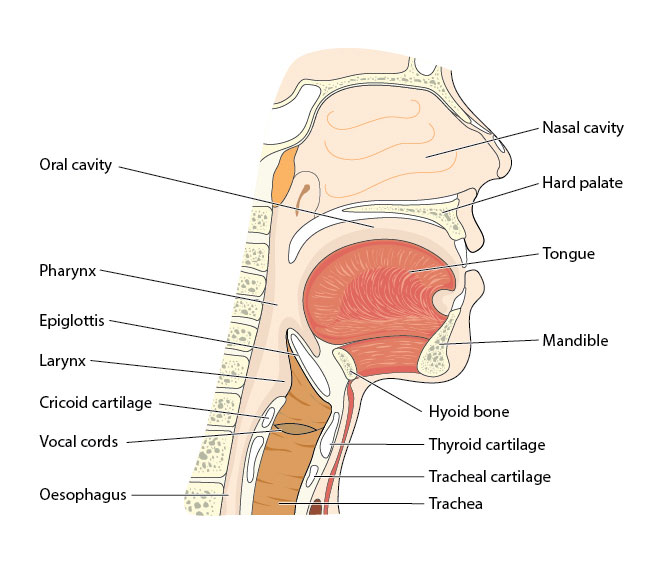Holistic & Alternative Approaches to Sleep Apnea Relief
Is there anything you can do to relieve or ease the symptoms of obstructive sleep apnea, short of a CPAP or an oral device?
While there are no substitutes for full treatment, there are several exercises that you can practice on a daily basis that will make it more difficult for your throat to close while you sleep. In fact, these exercises are best practice even if you are using a CPAP or oral device.
According to a 2009 study, patients who practiced daily breathing exercises saw a 39% reduction in the severity of their symptoms, on average. Furthermore, they can also help with secondary symptoms, such as headaches, heartburn, and TMJ pain.

How do These Mouth & Throat Exercises Work?

Obstructive sleep apnea is caused by the relaxation of the muscles at the back of the throat. When these muscles relax, the airway closes as you breathe and the flow of oxygen to your lungs is disrupted. By strengthening these and surrounding muscles, you can help defend against this collapse in the airway.
Called myofunctional therapy, these exercises focus on the oropharynx. The oropharynx is a specific part of the pharynx which lies between the soft palate and the hyoid bone, and it includes the side and back walls of the throat, as well as the back third of your tongue.
The improvement can be as drastic as an alleviation of symptoms from moderate to mild sleep apnea. There are no risks and all it requires is around 30 minutes of your time every day.
Exercises You Can Try Right Away
1
Tiger Yell
Despite the name, there’s no yelling involved!
Rather, this exercise involves opening your mouth as wide as possible, as if you were impersonating a roaring tiger, and subsequently sticking your tongue out past your teeth. Stick your tongue out almost as if you were trying to lick your own chin.
By lifting the uvula, you’re making the throat’s back wall muscles stronger. Hold the position for 5 seconds and complete a set of 10.
2
Tongue Slide
Can you touch your nose with your tongue? Don’t worry if you can’t because this exercise works either way.
Pretend you can touch your nose and stick out your tongue, stretching it upwards toward the nose. Hold the position for 5 seconds. Do two sets of 10.
The aforementioned 2009 study that found an average of 39% reduction in OSA symptoms focused on the role of the tongue, which often collapses back into the throat. By strengthening the tongue, you can help avoid this occurring while you sleep.
3
Soft Palate Stretches and Breathing
The roof of the mouth, or the soft palate, also plays a role in sleep apnea. In fact, palate surgery is sometimes used to relieve OSA symptoms. What we’re proposing here isn’t surgery, but rather using exercise to strengthen the soft palate.
There’re two separate things you can do:
- Open your mouth as wide as you can, as if you were saying ‘ah.’ Hold it for 20 seconds, close your mouth and relax. Repeat this for a set of 10.
- Breathe in through your nose, close the mouth, and exhale through your lips. You should feel a bit of push back from your throat.
4
Relieving Tension in the Jaw
Jaw pain and sleep apnea often go together, and causality may run both ways. Certainly, patients with jaw deformities or TMJ can suffer from a higher likelihood of OSA. And those who suffer from OSA can attest to the tension it can create in the jaw, which is reflexively clamping down to protect the airway opening while you sleep.
You can exercise your jaw to relieve this tension and discomfort.
Begin by closing your mouth and relaxing your tongue. Then, reach your tongue up until it touches the roof of the mouth and slide the tip of the tongue as far back as you can. You should feel your soft palate as you move back.
When the tongue is in its farthest position, slowly open your mouth just up to the point where you can barely hold your tongue against the roof. Hold it for 5 to 10 seconds, then repeat for 5 minutes.
